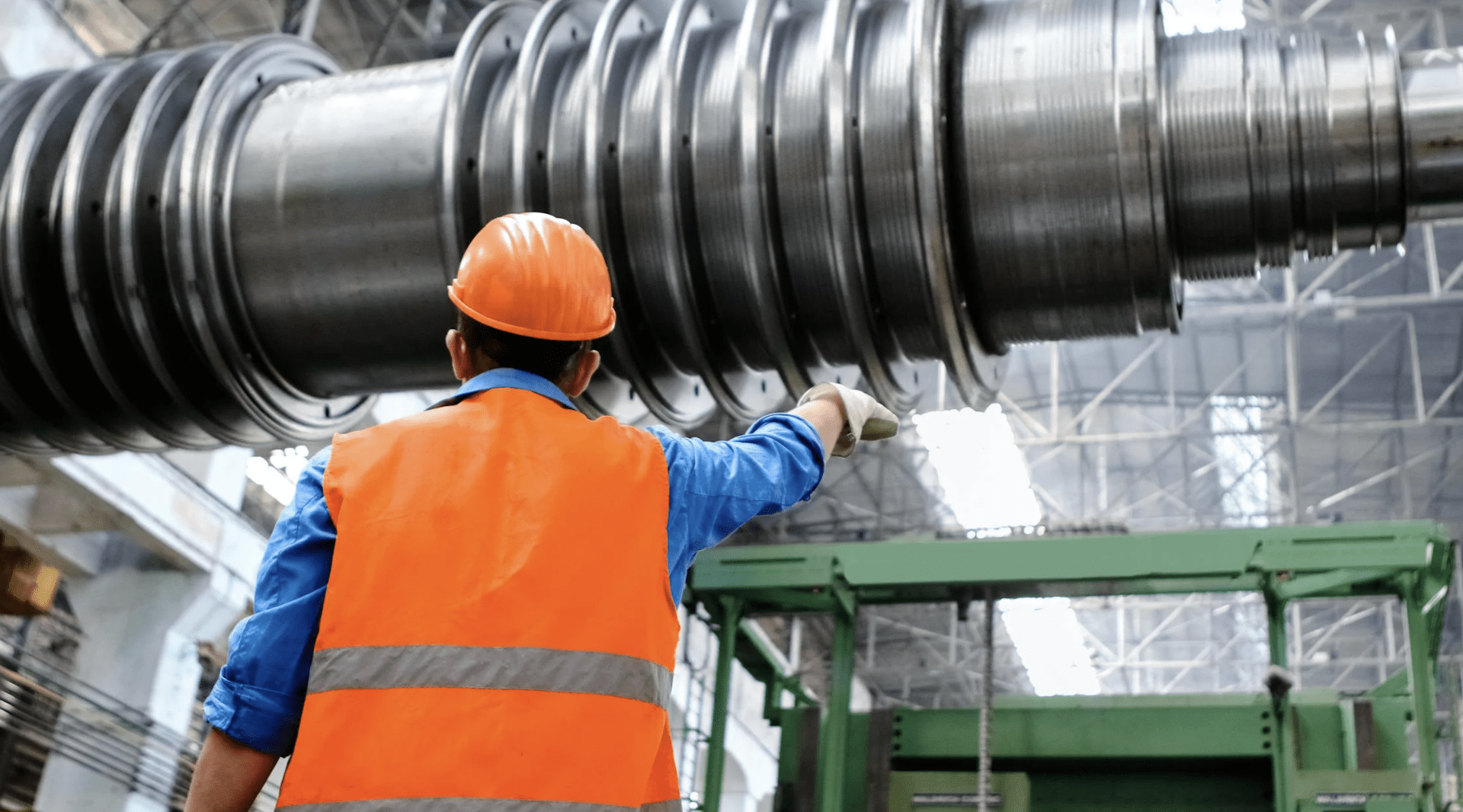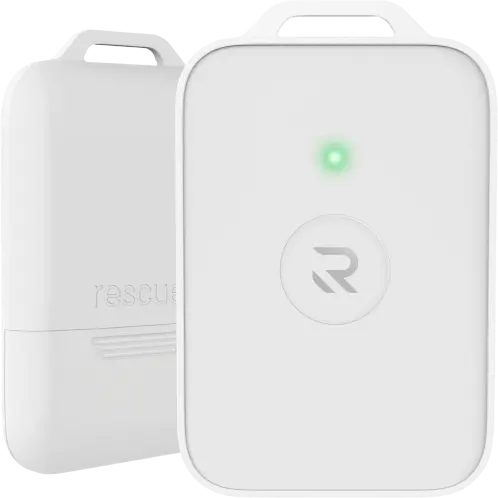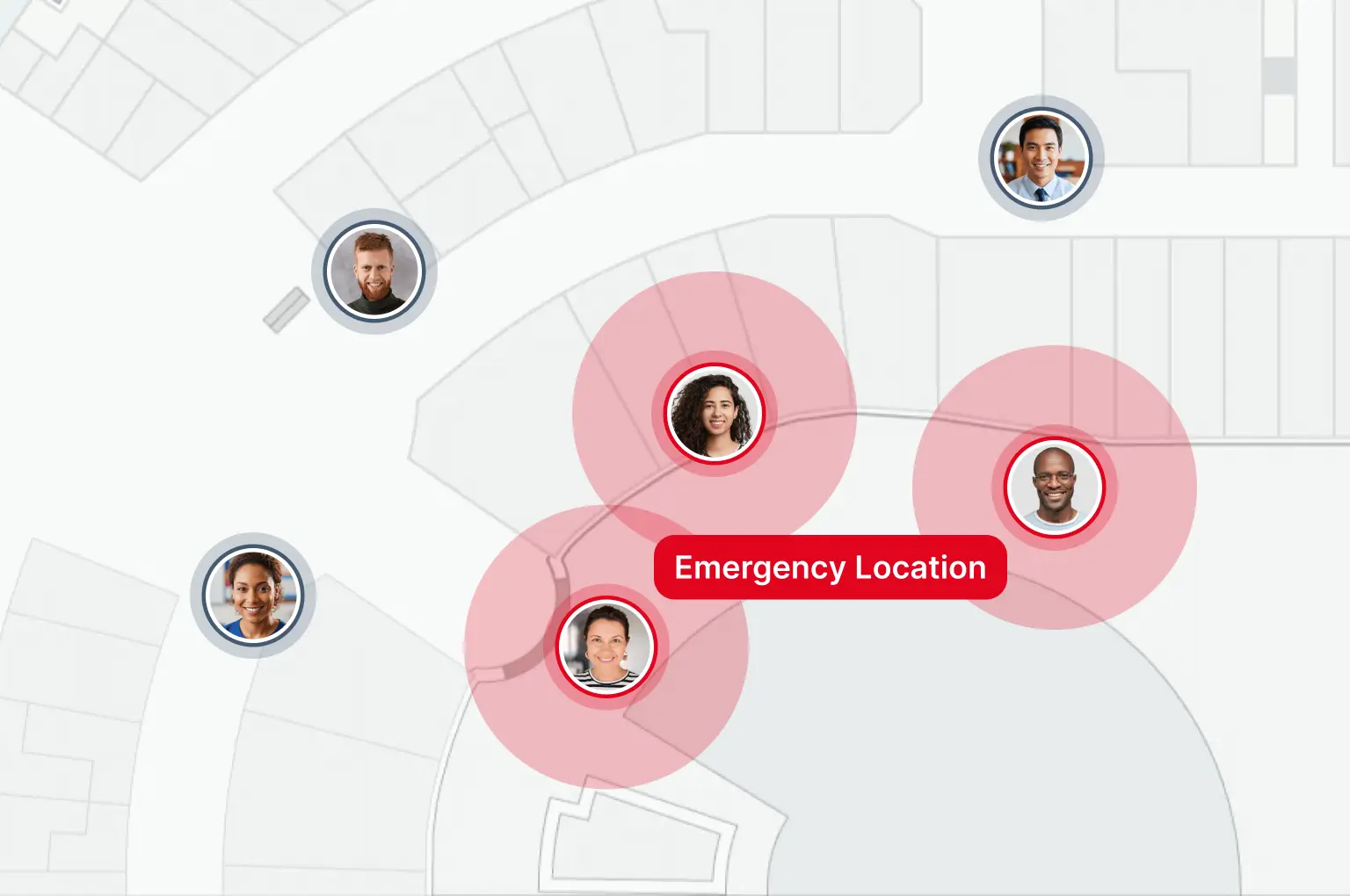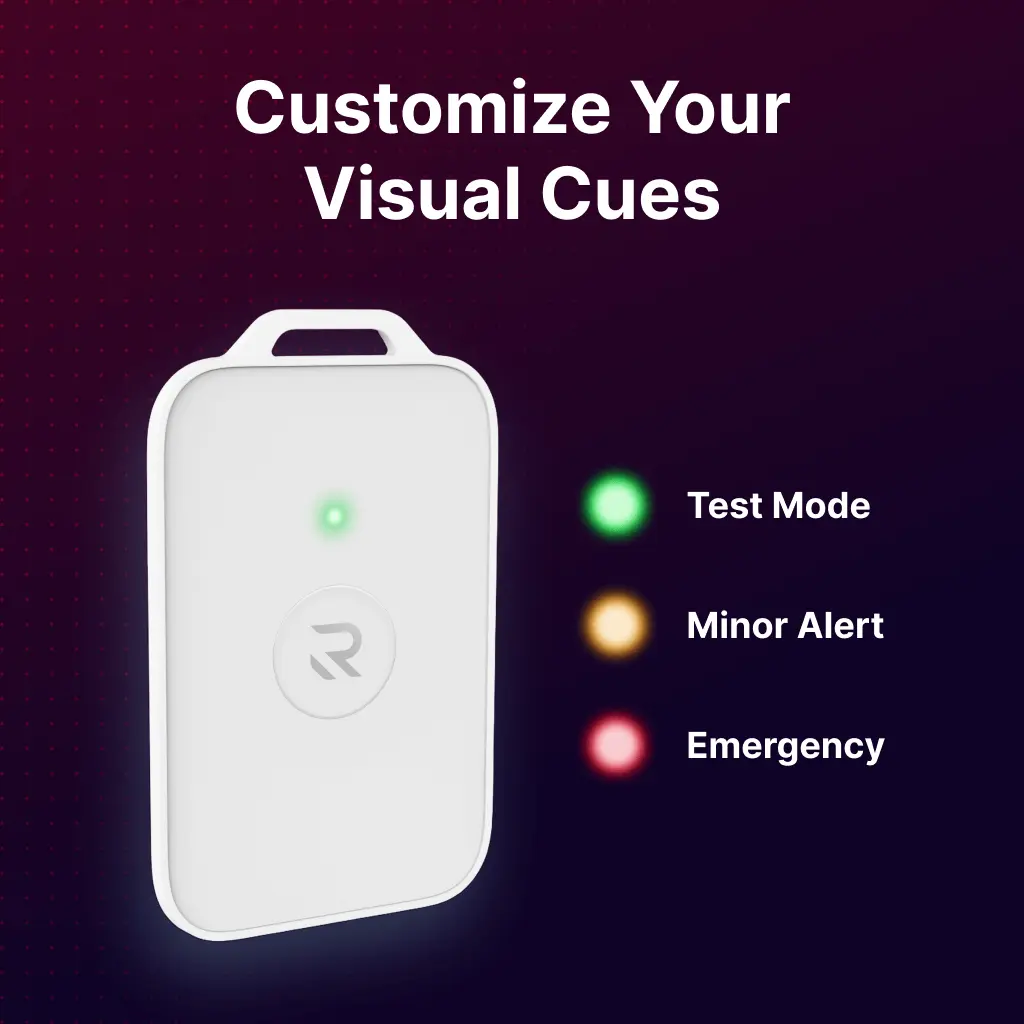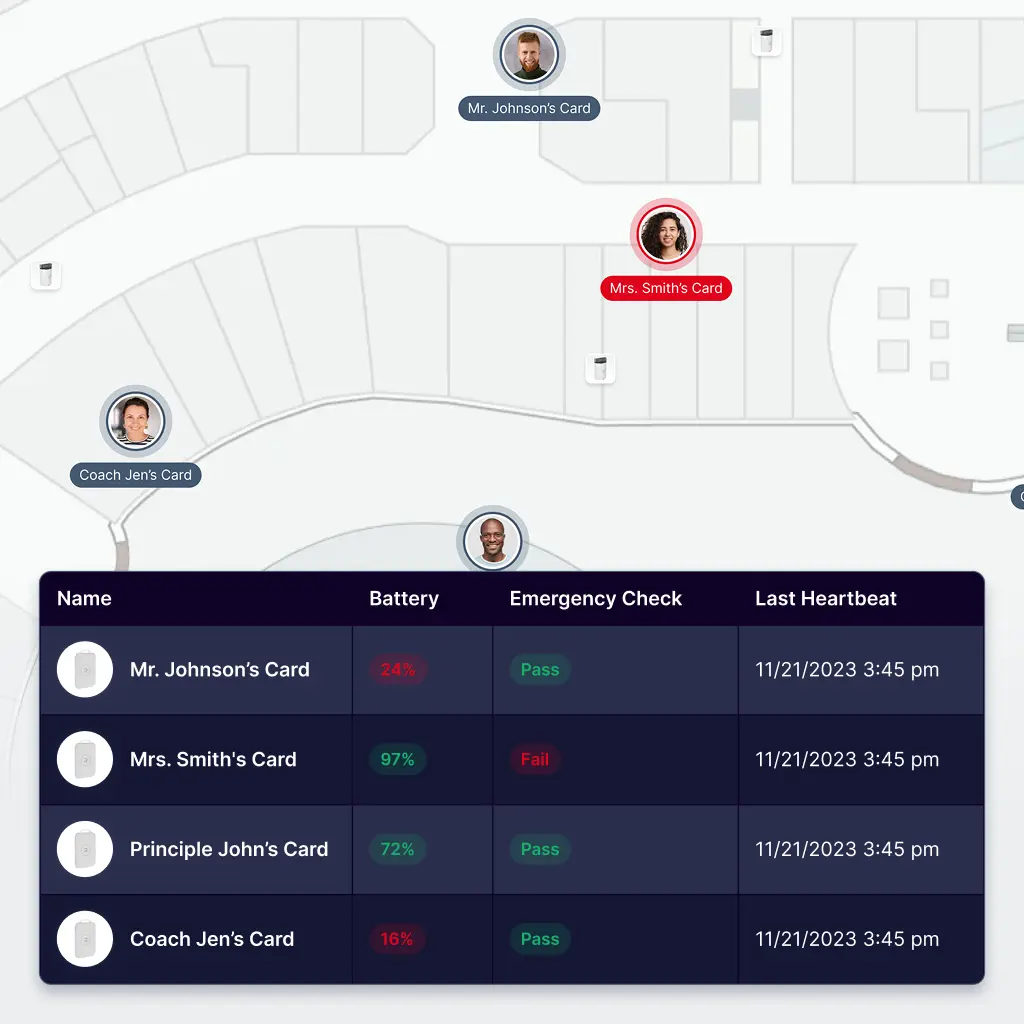In today’s rapidly evolving workplace environment, ensuring employee safety has become more crucial and complex than ever. With the advent of new technologies, organizations across industries are finding innovative ways to enhance safety measures and protect their workforce. From the factory floor to the corporate office, the latest in workplace safety technology offers promising solutions to age-old and emerging safety challenges. This blog delves into the forefront of this technological revolution, highlighting how these advancements are setting new standards in occupational safety.
Wearable Safety Devices
One of the most significant advancements in workplace safety technology is the development of wearable devices. These gadgets, designed to be worn by employees throughout their workday, offer real-time monitoring of environmental hazards and personal health metrics. Devices like the Rescue wearable panic button exemplify this innovation, providing employees with a discreet way to alert emergency responders or safety managers in case of distress. Wearable tech can also monitor vital signs, detect falls, and even ensure that workers maintain safe distances from dangerous machinery, significantly reducing the risk of accidents and injuries.
Some companies leading the way in developing the future of industrial workplace safety include:
- Rescue: Delivers an innovative wearable panic button system, enhancing personal safety and emergency response with features like GPS location tracking, immediate alert dispatch, and seamless integration into existing safety protocols for various industries and environments.
- Spot-r by Triax: Provides wearable technology that tracks workers’ locations on job sites, sends alerts during accidents, and monitors for safety compliance.
- React Mobile: Specializes in wearable panic buttons that can send immediate alerts and GPS locations to emergency contacts or security personnel.
- Guardhat: Offers smart hard hats and wearable devices that provide real-time safety data, communications, and location tracking for industrial workers.
Artificial Intelligence and Machine Learning
Artificial intelligence (AI) and machine learning (ML) are revolutionizing workplace safety by providing predictive insights that can prevent accidents before they happen. AI-driven systems analyze vast amounts of data from various sources, including wearables, sensors, and cameras, to identify patterns and predict potential safety incidents. This predictive analysis allows organizations to implement proactive measures, significantly mitigating risks. Moreover, AI can enhance the effectiveness of safety training through personalized learning experiences, ensuring that employees are well-prepared to handle potential hazards.
Leaders innovating in the AI and ML safety technology space include:
- Intelex Technologies: Offers AI-powered software solutions for environmental, health, safety, and quality (EHSQ) management.
- IBM Watson: Provides AI and machine learning solutions that can be applied to worker safety, including predictive analytics for accident prevention and response optimization.
- Samsara: Offers IoT solutions that leverage AI and machine learning for real-time operations monitoring, including safety and compliance in the workplace.
- Predictive Safety SRP, Inc.: Specializes in predictive analytics and fatigue management software to improve workplace safety and productivity.
Automation and Robotics
Automation and robotics technology is increasingly being deployed to perform dangerous or repetitive tasks, reducing human exposure to hazardous conditions. Robots can work in environments that are unsafe for humans, such as extreme temperatures, toxic atmospheres, or high-risk zones prone to explosions or collapses. By taking over these tasks, robots not only prevent potential injuries but also free up human workers to focus on more critical, less dangerous work, improving overall workplace safety and efficiency.
Check out these forerunners of robotics and automation innovation to learn more:
- Boston Dynamics: Creates advanced robots, such as Spot, that can be deployed in hazardous environments for inspection and data collection, reducing human risk.
- ABB Robotics: Offers robotic solutions for various industries, focusing on enhancing productivity and safety through automation.
- Universal Robots: Specializes in collaborative robots (cobots) designed to work alongside humans in a shared workspace, performing tasks that reduce risk to human workers.
- Sarcos Robotics: Develops robots and exoskeletons to enhance human performance and safety in industrial tasks, reducing the risk of injury in heavy lifting and repetitive tasks.
Mobile Safety Apps
The ubiquity of smartphones has led to the development of mobile safety apps, providing employees and safety managers with powerful tools right at their fingertips. These apps can facilitate incident reporting, emergency notifications, and access to safety manuals and procedures anytime, anywhere. They also enable safety training on-the-go, with interactive content and quizzes to reinforce safety knowledge. For remote or field workers, these apps can be lifesavers, offering GPS tracking and SOS features that ensure help is always within reach.
For connected, integrated safety communication platforms, try these reccomendations:
- STOPit Notify: Offers a mobile app-based platform that enables anonymous reporting and real-time communication between individuals and organizations, facilitating a proactive approach to incident management, mental health support, and safety concerns in educational and workplace settings.
- SafetyCulture (iAuditor): Provides a mobile app for safety inspections, checklists, and incident reports, enhancing workplace safety through easy-to-use tools.
- Everbridge: Offers a comprehensive safety and communication app that can send emergency notifications and conduct wellness checks for employees.
- SafeSite: A mobile-first safety management app designed to increase worker participation in safety procedures through easy reporting and tracking.
IoT and Smart Sensors
The Internet of Things (IoT) connects devices and sensors across the workplace, enabling real-time monitoring of environmental conditions and equipment status. Smart sensors can detect hazardous gas leaks, extreme temperature fluctuations, or machinery malfunctions, alerting employees and management instantly. This network of connected devices ensures that safety measures are continuously and automatically enforced, significantly reducing the likelihood of oversight or human error leading to accidents.
To learn more about IoT platforms you can tap into for workplace safety and efficiency, try these:
- Honeywell: Known for its comprehensive range of IoT solutions for workplace safety, including connected worker systems that monitor health and environment hazards in real time.
- GE Digital: Offers IoT solutions for industrial workplaces, focusing on asset performance management (APM) and operational efficiency while ensuring safety standards.
- Cisco: Provides IoT solutions that enhance safety and security through connected devices, sensors, and network infrastructure, facilitating safer work environments.
- Siemens: Delivers IoT industrial safety solutions, including smart monitoring systems that detect and prevent potential hazards in manufacturing and energy sectors.
Augmented Reality (AR) for Safety Training
Augmented reality (AR) technology is transforming safety training by providing immersive, realistic simulations of hazardous situations without any actual risk. AR can simulate emergency scenarios, allowing employees to practice their response to fires, chemical spills, or medical emergencies in a controlled, virtual environment. This hands-on experience ensures that workers are better prepared to handle real-life incidents, enhancing overall workplace safety.
Here are a few companies leading the way in using AR for training and safety purposes:
- PTC Vuforia: Provides a comprehensive suite of AR solutions, including tools for creating immersive, interactive training experiences that improve safety and operational efficiency in various industries.
- Magic Leap: Develops AR headsets that can be used for training and simulation in hazardous environments, allowing employees to practice emergency response scenarios without real-world risks.
- RealWear: Produces rugged, hands-free AR headsets optimized for industrial use, enabling workers to access manuals, diagrams, and remote expert assistance while staying focused on the task and maintaining safety protocols.
Challenges and Opportunities
While these technological advancements offer promising solutions, their implementation comes with challenges. Privacy concerns, the need for substantial investment, and ensuring employee adoption are significant hurdles organizations must overcome. However, the potential benefits in terms of reduced accidents, improved health outcomes, and enhanced safety culture present compelling reasons for businesses to invest in these technologies.
Conclusion
The latest workplace safety technology solutions are revolutionizing how organizations approach occupational safety. By leveraging wearable devices, AI, automation, mobile apps, IoT, and AR, businesses can create safer working environments and protect their most valuable asset—their employees. As technology continues to evolve, it will undoubtedly play an increasingly critical role in shaping the future of workplace safety.
Embrace the future of workplace safety by exploring and integrating these cutting-edge technology solutions into your organization. Stay informed, invest in your employees’ safety, and build a culture of proactive protection and preparedness.
